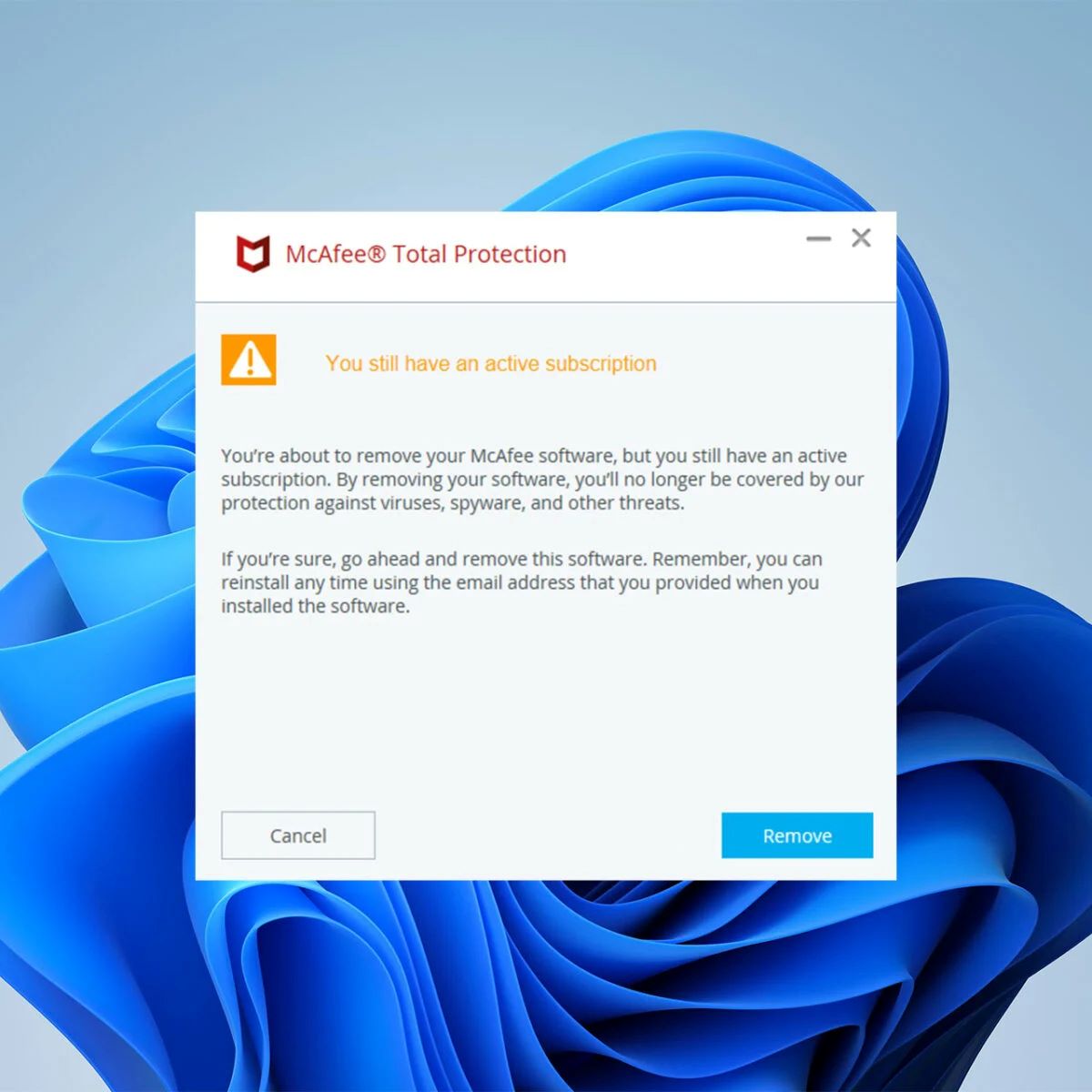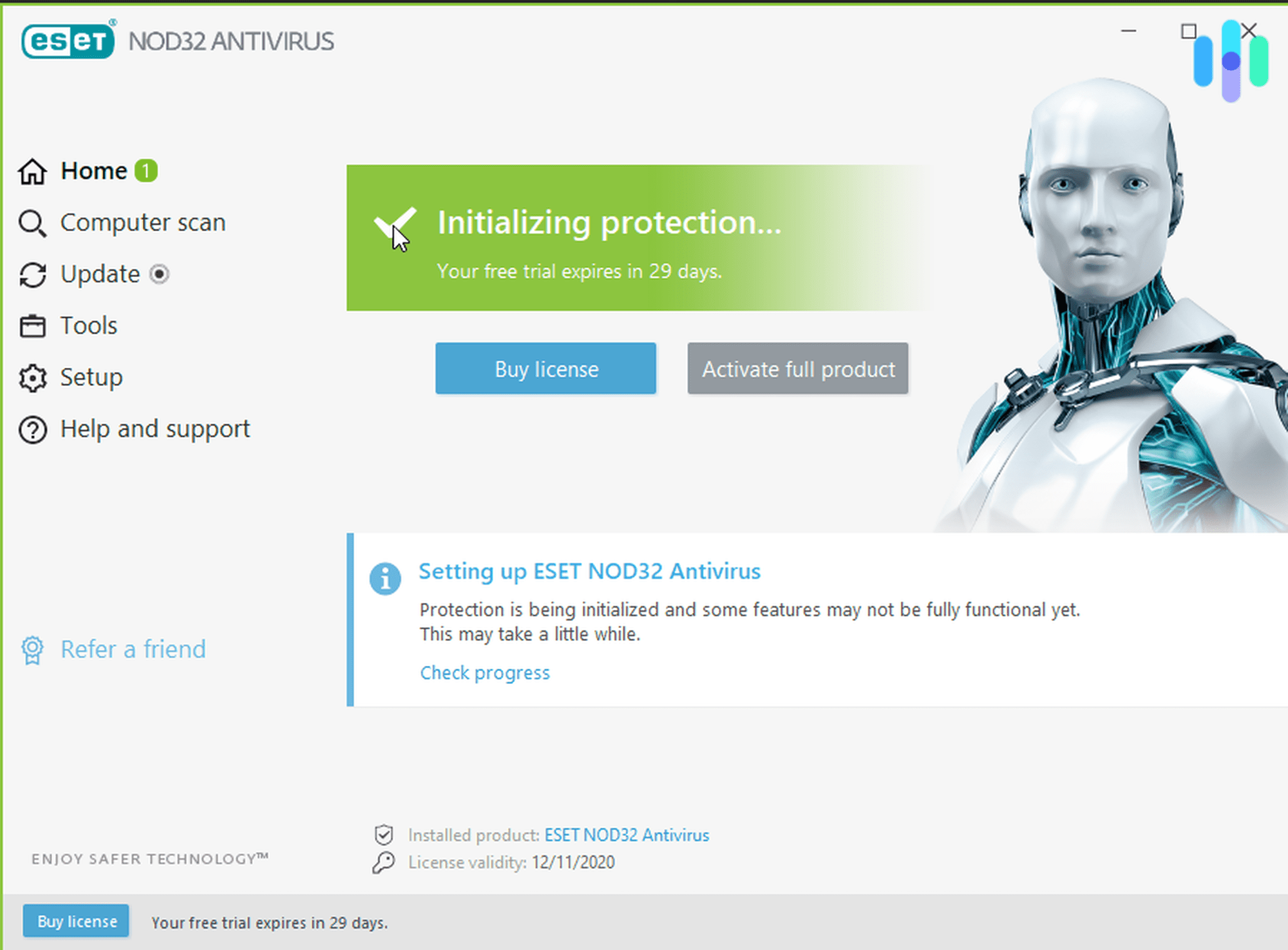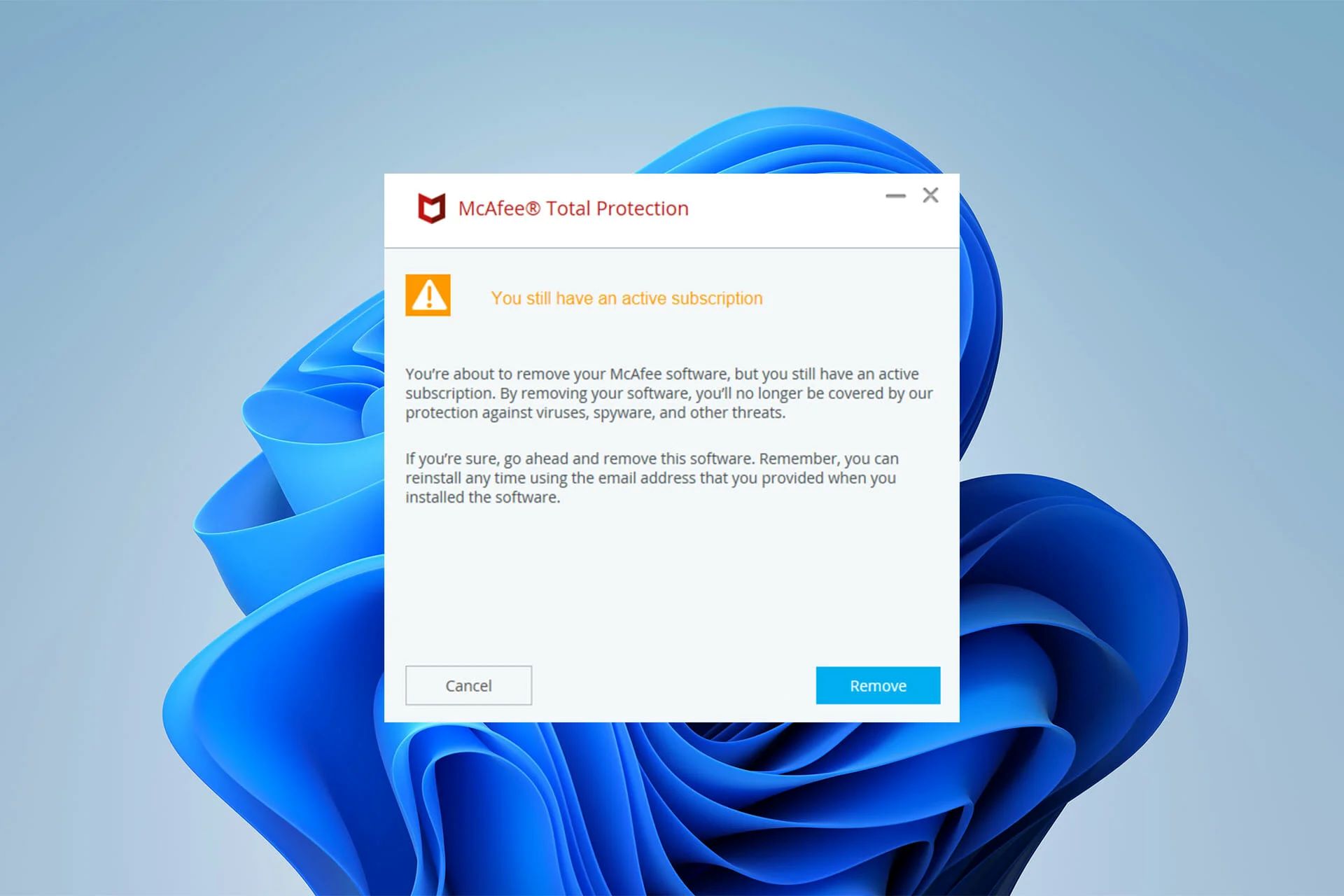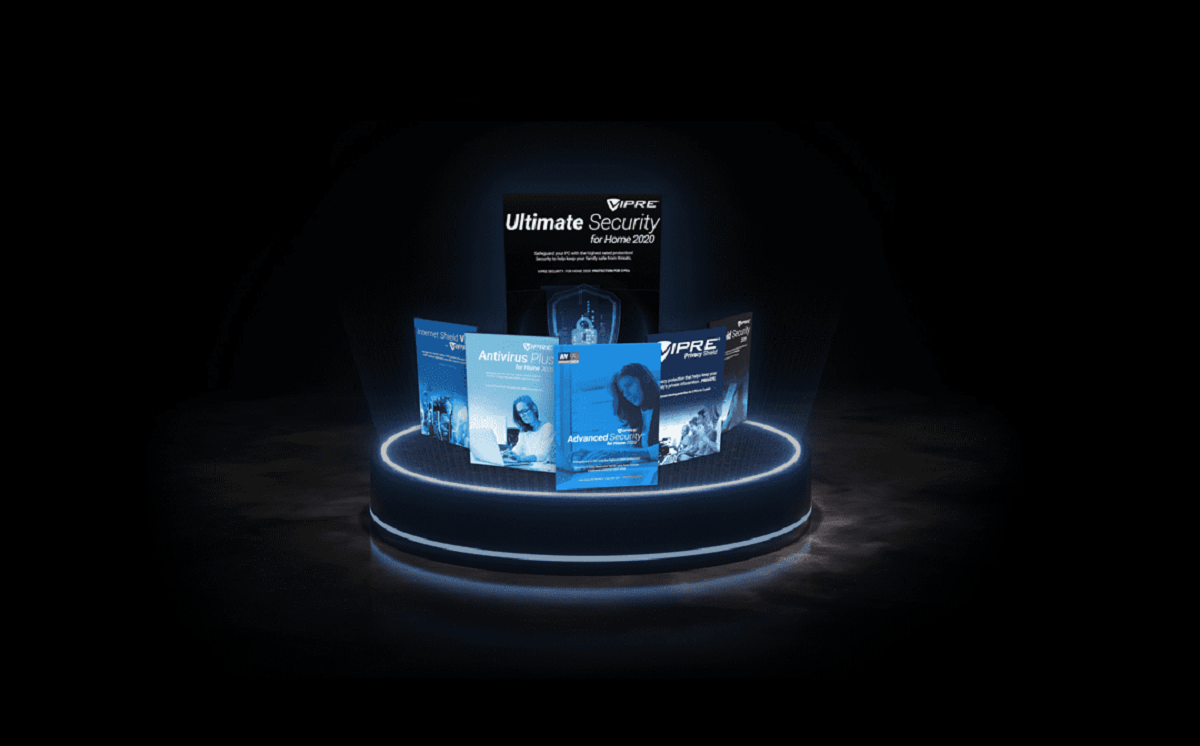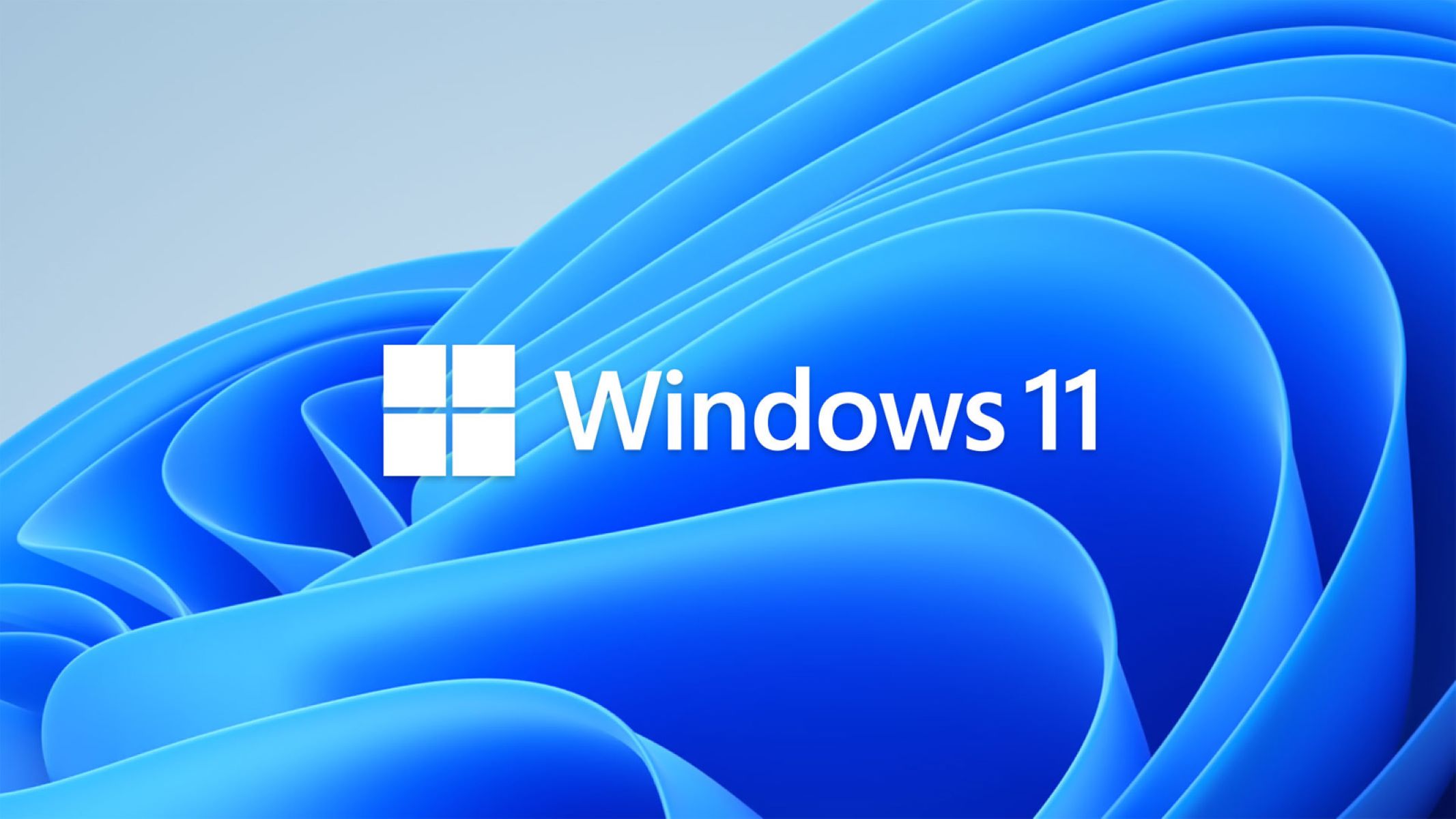Introduction
McAfee Antivirus is a popular software choice for protecting your computer against viruses, malware, and other online threats. However, there may be situations where you need to temporarily disable or turn off McAfee Antivirus, such as when installing certain software or troubleshooting network issues.
In this article, we will guide you through the steps to turn off McAfee Antivirus on Windows 11. We will show you how to navigate through the software’s settings and disable various components to temporarily deactivate the protection offered by McAfee. Keep in mind that turning off antivirus software leaves your computer vulnerable to potential threats, so it is crucial to only disable it for a specific purpose and re-enable it as soon as possible.
Please note that the steps mentioned in this article are specific to McAfee Antivirus on Windows 11. The process may vary slightly depending on the software version and operating system you are using. It is always a good idea to consult the official McAfee website or their customer support for the most accurate and up-to-date instructions.
Now, let’s dive into the step-by-step guide to turn off McAfee Antivirus on Windows 11.
Step 1: Open the McAfee Antivirus Software
The first step to turning off McAfee Antivirus on Windows 11 is to open the software. Here’s how:
- Locate the McAfee icon in your system tray, which is usually located at the bottom right corner of your screen. It resembles a red shield with an iconic white “M” logo.
- Right-click on the McAfee icon to open a context menu.
- From the context menu, select “Open McAfee Antivirus.”
Alternatively, you can also open McAfee Antivirus by searching for it in the Start menu or by double-clicking on the desktop shortcut if you have one.
Once McAfee Antivirus is launched, you will see the main user interface with several options and tabs for different settings and features. At this point, you are ready to proceed to the next step.
Step 2: Navigate to the Settings
After opening McAfee Antivirus on Windows 11, the next step is to navigate to the settings section. This is where you can access various options and configurations for the software. Follow the instructions below:
- On the McAfee Antivirus main user interface, look for a gear or settings icon. It is typically located in the upper right corner of the window or may be labeled as “Settings.”
- Click on the gear or settings icon to open the settings menu.
Once you click on the settings icon, a new window or tab will open, displaying a range of configuration options. These settings allow you to customize the behavior and functionality of McAfee Antivirus according to your preferences.
Now that you have successfully accessed the settings menu, you are ready to proceed to the next step and disable the real-time scanning feature of McAfee Antivirus.
Step 3: Disable Real-Time Scanning
One of the essential components of McAfee Antivirus is real-time scanning, which constantly monitors your system for potential threats. To temporarily disable this feature, follow the steps below:
- In the McAfee settings menu, look for an option related to “Real-Time Scanning” or “Scan Settings.” Click on it to access the real-time scanning settings.
- Within the real-time scanning settings, you should see an option to enable or disable real-time scanning. Toggle the switch or checkbox to disable real-time scanning temporarily.
- Some versions of McAfee Antivirus may require you to select a specific duration for disabling real-time scanning. If prompted, choose the appropriate option, such as “Disable for 1 hour” or “Disable until restart.”
Once you have disabled the real-time scanning feature, McAfee Antivirus will no longer actively scan your system in real-time. However, it is crucial to remember to re-enable this feature after completing the desired task or troubleshooting process to ensure continuous protection against potential threats.
Now that you have successfully disabled real-time scanning, you can move on to the next step and proceed with disabling the firewall protection offered by McAfee Antivirus.
Step 4: Disable Firewall Protection
McAfee Antivirus includes a built-in firewall, which acts as a barrier between your computer and the outside world, monitoring and controlling network traffic. Here’s how you can temporarily disable the firewall protection:
- In the McAfee Antivirus settings menu, navigate to the section related to “Firewall” or “Firewall Settings”. Click on it to access the firewall configuration options.
- Within the firewall settings, you should find an option to enable or disable the firewall protection. Toggle the switch or checkbox to turn off the firewall temporarily.
- Similar to disabling real-time scanning, some versions of McAfee Antivirus may allow you to select a specific duration for disabling the firewall. Choose the appropriate option, such as “Disable for 1 hour” or “Disable until restart”, if prompted.
By disabling the firewall protection, you are essentially allowing all incoming and outgoing network traffic without the filtering and protection provided by McAfee Antivirus. It is crucial to re-enable the firewall after completing the necessary task or troubleshooting process to ensure the safety and security of your computer on the network.
Now that you have successfully disabled the firewall protection, you can proceed to the next step to turn off automatic updates in McAfee Antivirus.
Step 5: Turn Off Automatic Updates
Mcafee Antivirus, by default, automatically updates its virus definitions and software to ensure the maximum level of protection. However, if you want to temporarily disable automatic updates, you can follow these steps:
- Open the McAfee Antivirus software on your Windows 11 computer.
- Navigate to the settings or preferences section. Look for an option related to “Updates” or “Update Settings.”
- Click on the updates option to open the update settings menu.
- Within the update settings, you should see an option to enable or disable automatic updates. Toggle the switch or checkbox to turn off automatic updates temporarily.
Disabling automatic updates means that McAfee Antivirus will no longer automatically download and install updates for virus definitions and software. It is important to note that keeping your antivirus software up to date is crucial for optimal protection. Therefore, it is recommended to re-enable automatic updates as soon as you have completed the task or resolved the issue that required you to disable them.
With automatic updates turned off, you have successfully taken control over the updating process of McAfee Antivirus. In the next step, we will guide you on how to confirm that McAfee Antivirus is indeed disabled on your Windows 11 computer.
Step 6: Confirm Disabling McAfee Antivirus
After following the previous steps to disable various components of McAfee Antivirus on Windows 11, it is essential to confirm that the antivirus software is indeed disabled. Here’s how you can do it:
- Open the McAfee Antivirus software once again.
- Navigate to the main user interface or dashboard.
- Look for visual indicators or notifications that indicate the status of McAfee Antivirus. These indicators can vary depending on the version and configuration of the software.
- If the real-time scanning, firewall protection, and automatic updates are disabled, there should be clear indications or messages stating that the antivirus is temporarily turned off.
It is important to double-check and ensure that all the components you intended to disable are indeed disabled. This final confirmation will give you peace of mind and assurance that your computer is temporarily unprotected as per your intention.
Remember, turning off McAfee Antivirus temporarily should be done with caution and for specific purposes only. It is highly recommended to re-enable the antivirus software as soon as you have completed the designated task or resolved the issue that required you to disable it.
Now that you have confirmed that McAfee Antivirus is disabled, you can proceed with your intended task or troubleshooting process. Just be mindful of the potential risks and make sure to enable the antivirus software promptly after you no longer require it to be disabled.
Conclusion
In this article, we have provided a step-by-step guide on how to turn off McAfee Antivirus on Windows 11. Disabling the antivirus software temporarily may be necessary for specific tasks or troubleshooting purposes, but it is crucial to re-enable it as soon as possible to maintain the security of your computer.
We started by opening the McAfee Antivirus software and navigating to the settings. Then, we disabled the real-time scanning feature, followed by the firewall protection and automatic updates. Finally, we confirmed that McAfee Antivirus was indeed disabled.
Remember that turning off antivirus software, even temporarily, leaves your computer vulnerable to potential threats. Therefore, it is essential to only disable it when necessary and re-enable it promptly to ensure ongoing protection.
If you encounter any issues during the process or if the steps mentioned in this article do not align with your specific version of McAfee Antivirus or Windows operating system, we recommend visiting the McAfee website or contacting their customer support for accurate and up-to-date instructions.
With proper precautions and a good understanding of how to disable and enable McAfee Antivirus, you can proceed with your tasks or troubleshooting confidently. Just remember to prioritize the security of your computer and stay vigilant against potential threats.
Thank you for reading this guide, and we hope it has been helpful in assisting you with turning off McAfee Antivirus on Windows 11.







